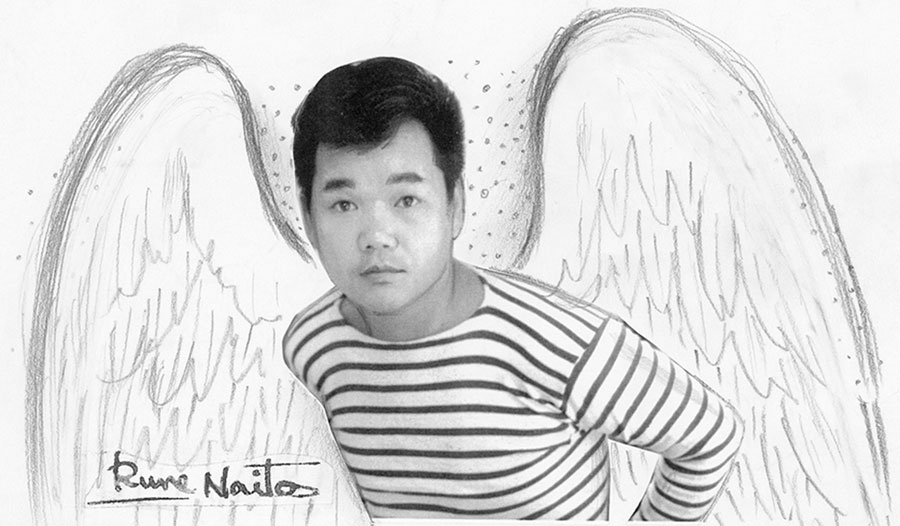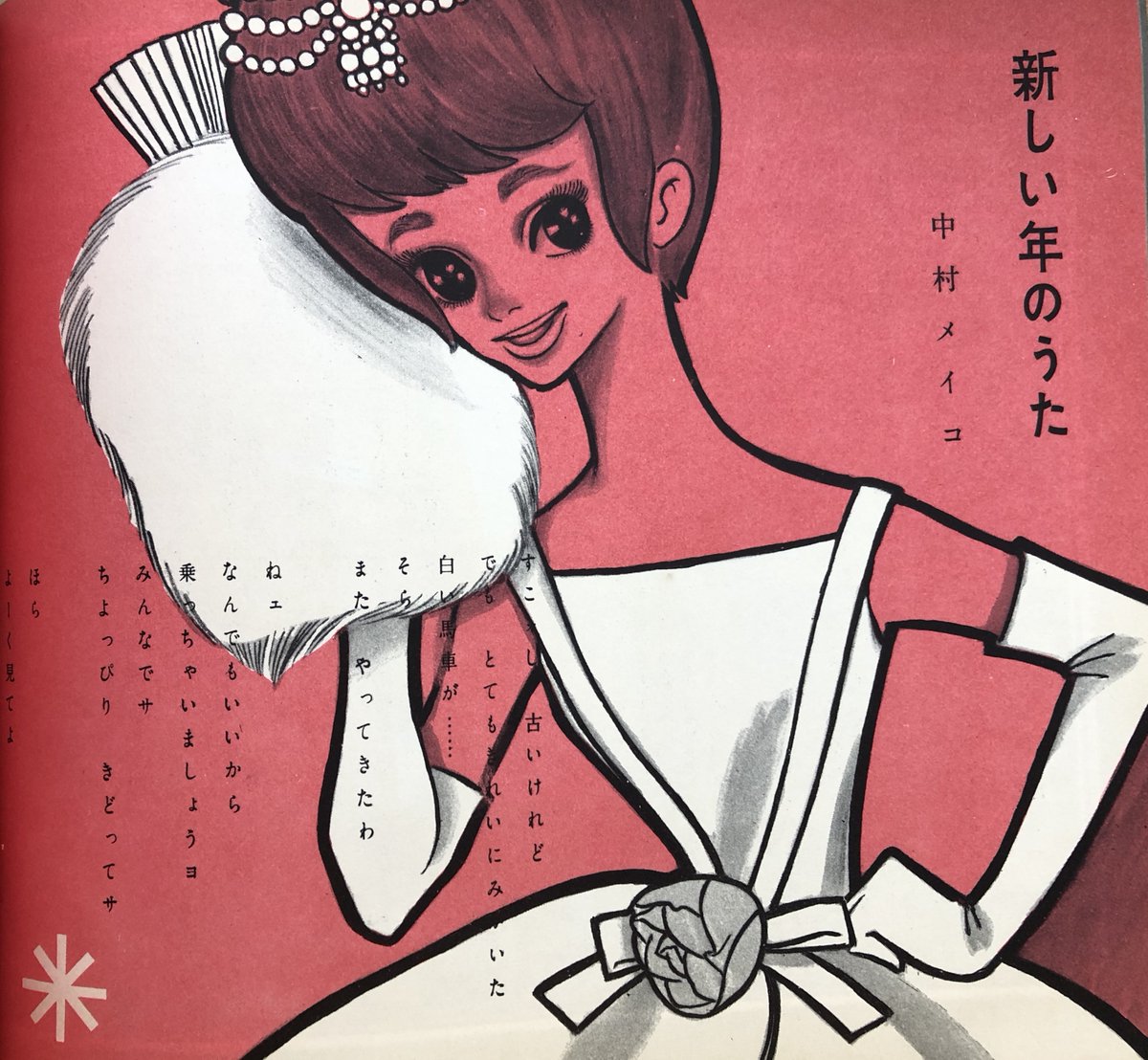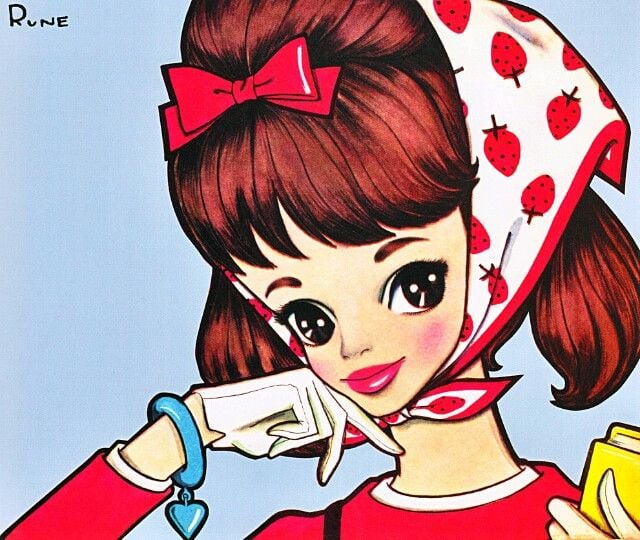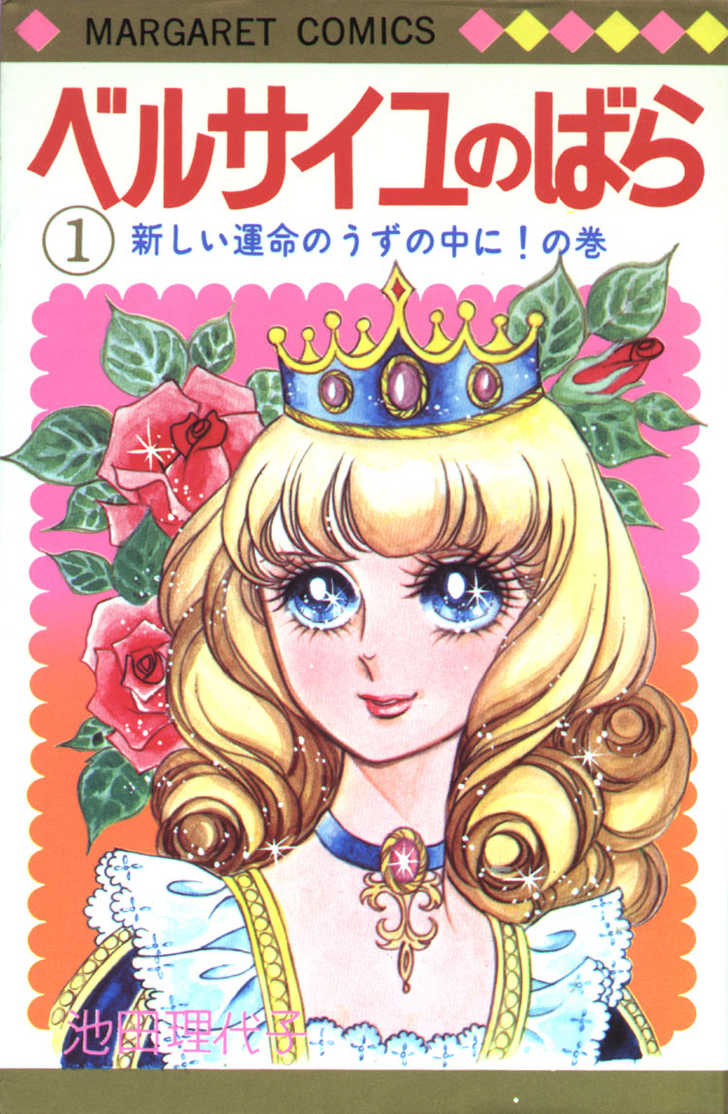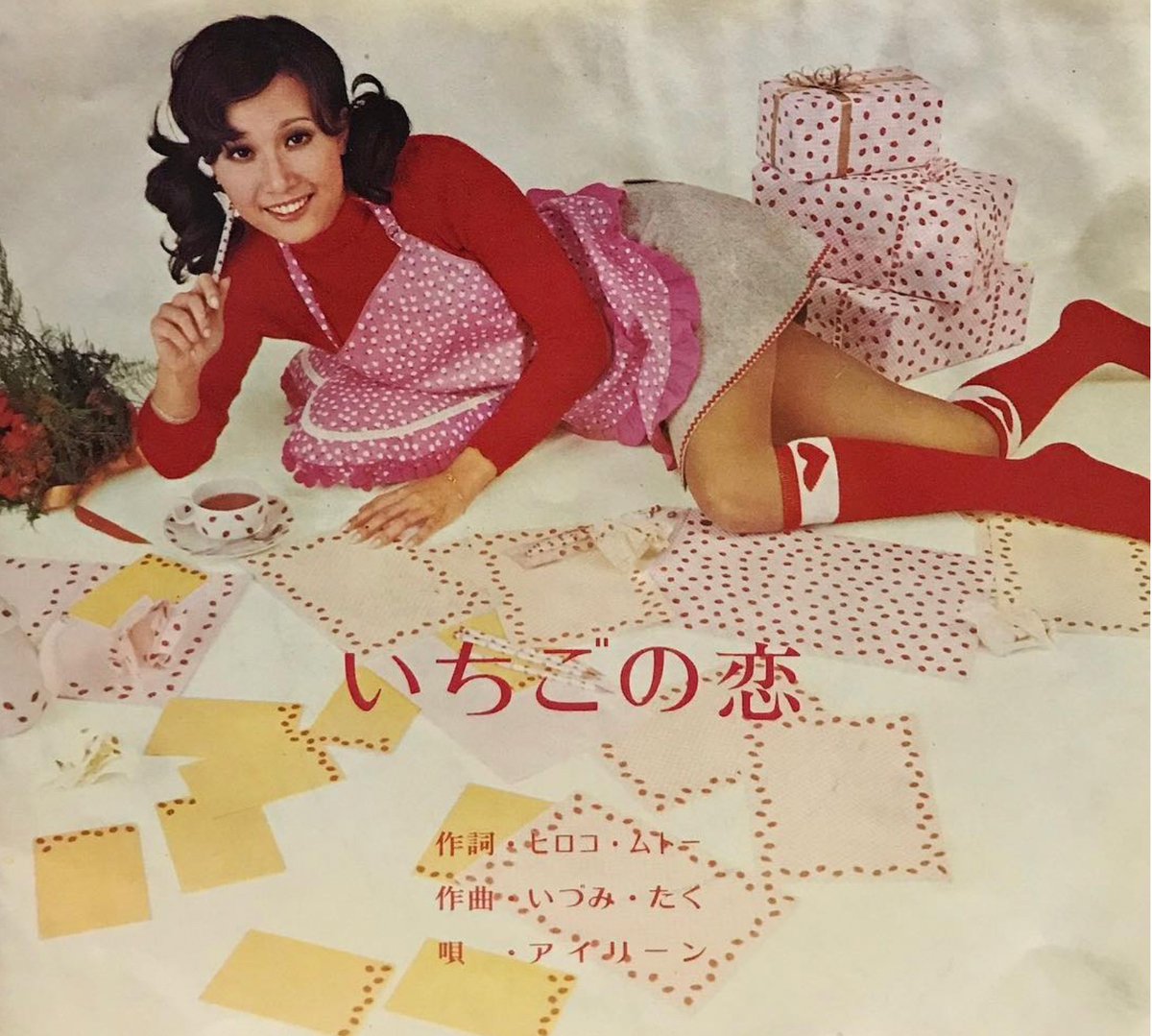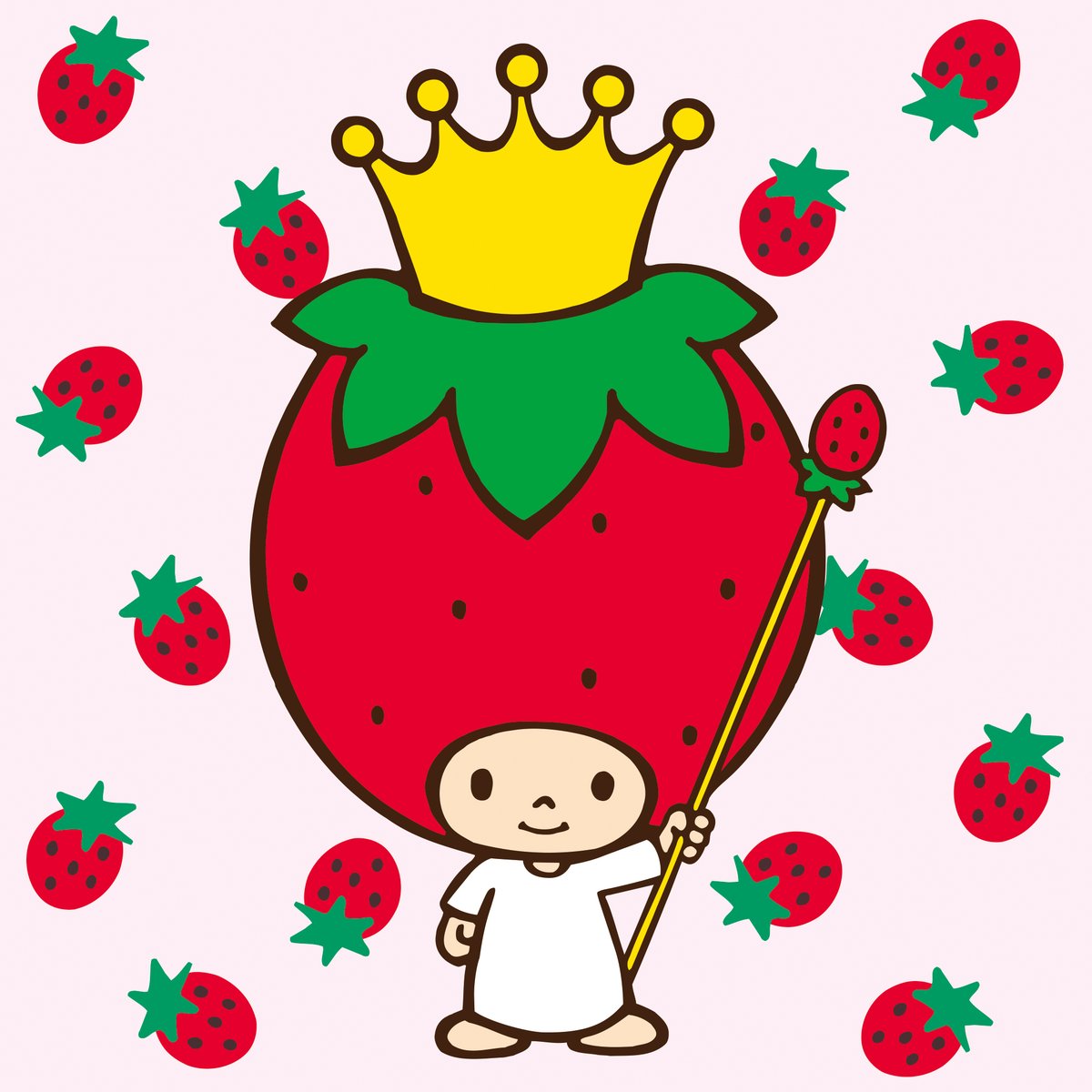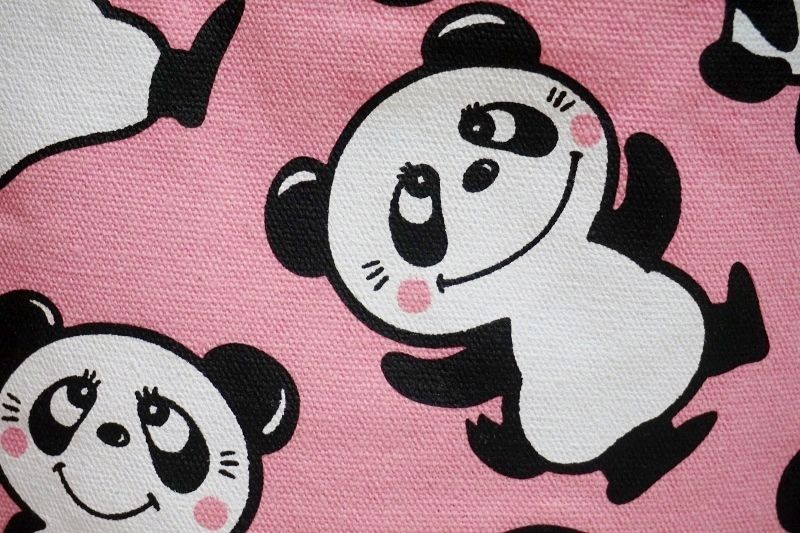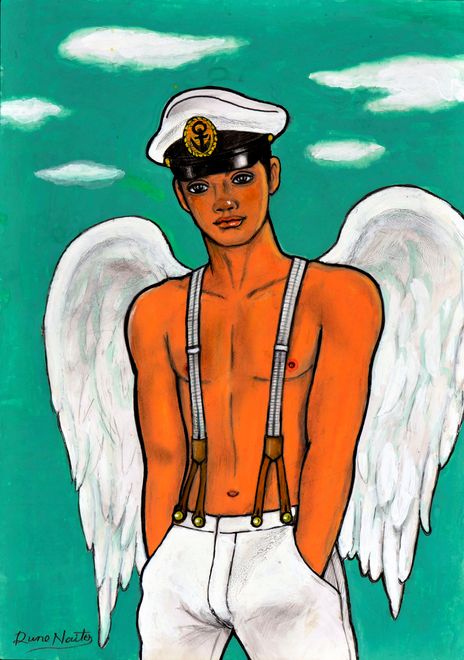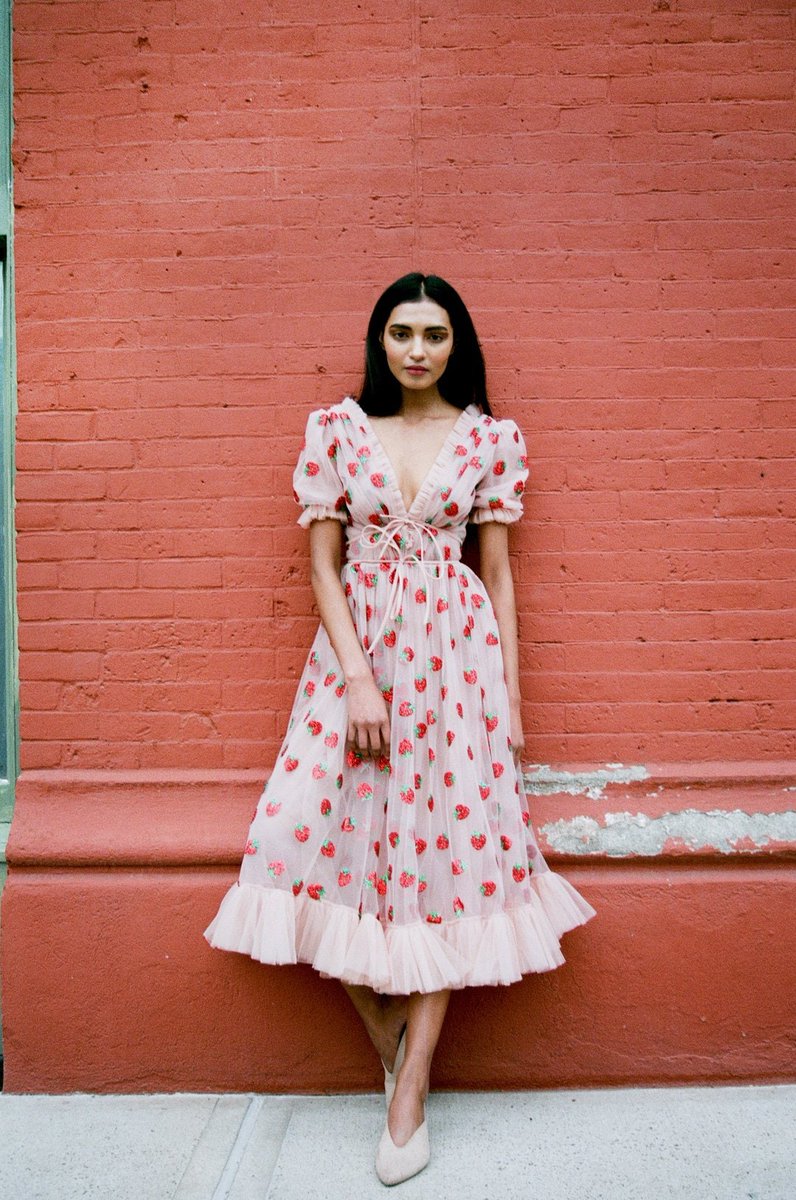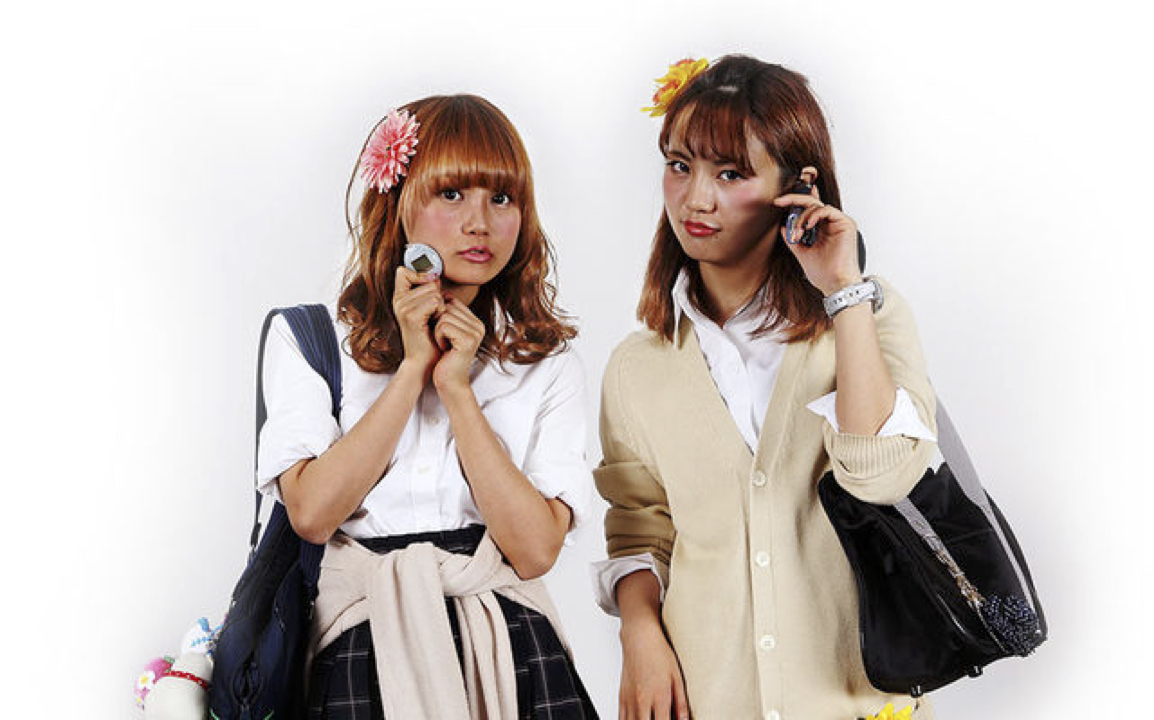This dress really gets me thinking about the unsung hero who kicked off the fad for strawberry fashions and so much else, the Japanese fashion designer Runé Naito. Tweetstorm ahoy! (1/x https://twitter.com/MelindaJoe/status/1294386509756342272">https://twitter.com/MelindaJo...
He took his nom de plume from the Japanese pronunciation of French New Wave director René Clément. Runé Naito was equally obsessed with American fashion, devouring Vogue, Harper’s Bazaar, Glamour, Charm, Mademoiselle, and Seventeen. (2/x
Runé: “They taught me everything about ‘camera magic,’ that ability those like Avedon possessed to make their models look absolutely perfect. Audrey Hepburn and Leslie Caron. Dovima, Vogue’s top model. Svelte, long limbed, fabulous. I just wanted to draw them and draw them.” (3/x
Runé worked as an illustrator for the pioneering teen-fashion magazine Junior Soleil, interpreting foreign fashion trends through the lens of his unique style, earning him legions of adoring young fans. (4/x
“I copied Naito endlessly, crazily,” said & #39;Rose of Versailles& #39; creator Riyoko Ikeda. “Those thin and tall bodies, the long limbs, the way he used color, were directly incorporated into girls’ manga.” (5/x
Soon Runé was enough of a name to launch his own lifestyle brand via department stores. In 1961 he debuted a series of housewares and accessories featuring stylized cherries, tomatoes, and strawberries. The latter proved especially popular. (6/x
Word of the strawberries’ success inspired Shintaro Tsuji, who ran a struggling firm called Yamanashi Silk Center. He put strawberry motifs on kidswear: rubber sandals, handkerchiefs, small pouches & cups. They sold like wildfire. Seems obvious now; but blew peoples’ minds. (7/x
This was a transformative moment for Japanese pop culture. Over next decade, Tsuji turned his company into the nation’s top purveyor of things fancy & cute. In 1973 he renamed it Sanrio. Sanrio& #39;s PR newsletter is “Strawberry News,” and editor Tsuji is “Strawberry King.” (8/x
For his part Runé continued to turn out hit characters of his own, such as a massively popular panda (at left) that maybe, just maybe, inspired the design of “Panda! Go, Panda!,” the 1972 Takahata/Miyazaki hit that bears a striking resemblance to Totoro. (9/x
Runé died in 2007. He spent his later years illustrating the pioneering Japanese gay magazine Barazoku. His adventures in Tokyo’s vibrant gay community of the Sixties and Seventies are the stuff of legend and for another time, but… (10/x
Lirika Matoshi’s strawberry dress is something “that Cinderella, a toddler, and a A-list celebrity would all happily wear,” as Vogue puts it. Runé Naito, who himself worshipped @Voguemagazine, would undoubtedly approve. Amazing full circle from those Sixties strawberries. (11/x
So too does the embrace of childhood fantasy in a dark time mirror another trend pioneered in Japan: the tastes of young women who rallied under the Jolly Roger of Hello Kitty and kawaii design in Japan’s post-Bubble Lost Decades - pioneers of social media tech . (12/x
The popularity of Matoshi’s strawberry dress is just one more example of the way our sensibilities have turned Japanese over the decades. And if you think this is an overstatement — I wouldn’t blame you! — do I have a book for you. (13/end) https://www.amazon.com/gp/product/1984826697/ref=as_li_qf_asin_il_tl?ie=UTF8&tag=httpaltjapant-20&creative=9325&linkCode=as2&creativeASIN=1984826697&linkId=c23edcfbff9da7e812830d3b5d741ccc">https://www.amazon.com/gp/produc...

 Read on Twitter
Read on Twitter